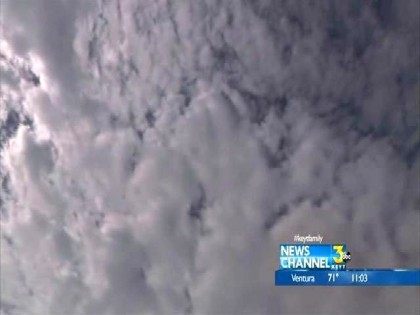Colombia to Punish People Who ‘Waste Energy’ with Massive Power Bill Surcharges
Colombia’s Regulatory Commission of Energy and Gas announced measures to impose hefty surcharges on power bills of those who “waste energy.”

Colombia’s Regulatory Commission of Energy and Gas announced measures to impose hefty surcharges on power bills of those who “waste energy.”

The United Nations warned Wednesday hot weather will be dominating the months ahead, driving “higher global temperatures and possibly new heat records.”

The World Meteorological Organization (WMO) issued a warning of almost Biblical proportions Sunday, noting a planet wracked by “climate change trends” that continued through 2022, driving food insecurity and mass migration along with a host of other maladies for mankind from droughts and floods to famine and heatwaves.

The National Oceanic and Atmospheric Administration (NOAA) announced Thursday that it is expecting an above-normal Atlantic hurricane season but not what the federal agency called last year’s “historic level of storm activity.”
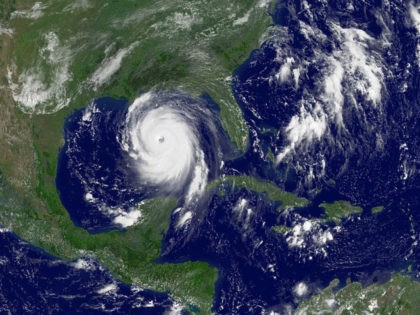
The planet is cooling, but this isn’t something the alarmists want you to hear, especially when they’ve got a shiny, expensive, new bridge to sell you with Green New Deal stamped on the side.
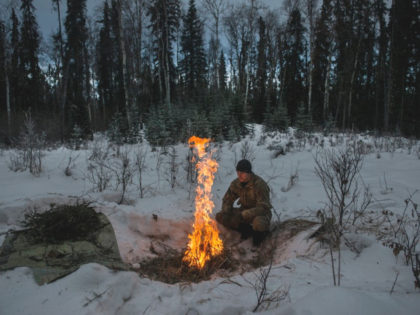
The South Coast Air Basin (SCAB) reported 87 days of days of unhealthy air due to an atmospheric high-pressure dome that raised ocean temperatures and drove wildfires.
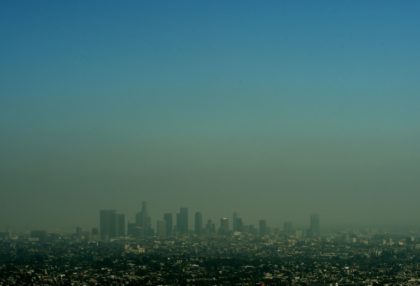
California Department of Forestry and Fire Protection announced Monday that the state spent 98 percent of its 2018 budget and is only halfway through the wildfire season.
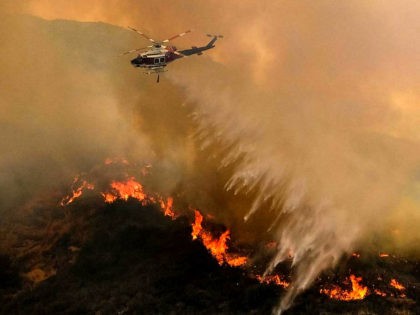
Pacific Coast Highway (PCH) near Big Sur reopened in July, 15 months after the last El Niño’s torrential rainfall caused a giant mudslide — and just in time for a new expected El Niño rain.
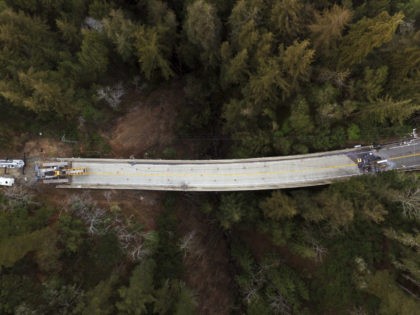
The U.S. Weather Service confirmed that 2017 was the costliest hurricane season in America’s history and forecast an above average with 14 named storms for the 2018 season.
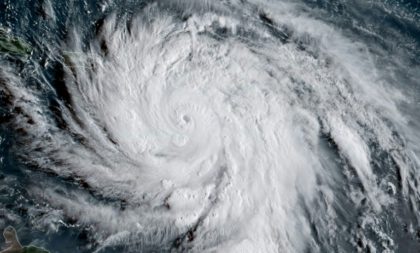
The “March Miracle” storm system that has lashed California for the last four days, dumping 6 feet of snow in the Sierra Mountains, just ended what appeared to be a new drought.
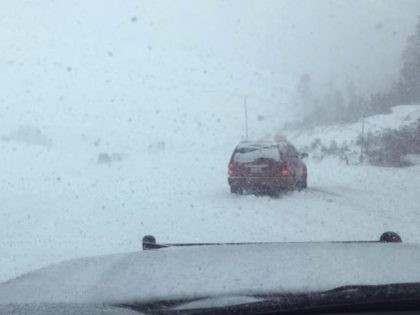
Warnings have been posted for the risk of mudslides in areas that burned in last year’s wildfires, as bone-dry California looks forward to its best week of rain and snow this winter.

Half of California is officially back in drought, while the Midwest and Plains may suffer from extreme flooding, as the extreme La Niña weather condition intensifies.
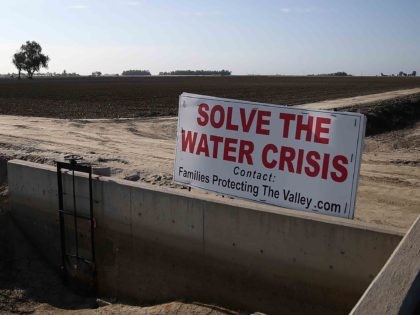
A strengthening La Niña weather pattern has brought cooler temperatures to the world — except in California, where it is expected to be dry and warm for the next three months.

The National Weather Service predicts a 55 to 65 percent chance of a La Niña this winter as cooling over the tropical Pacific and colder deep ocean waters is expected to cause a drier and warmer West Coast and a wetter and colder Mid-West and East Coast.

California’s Department of Water Resources’ forensic analysis has reported that blueprints for the Oroville Dam and its spillway reveal that design defects were known when the dam opened in 1969.
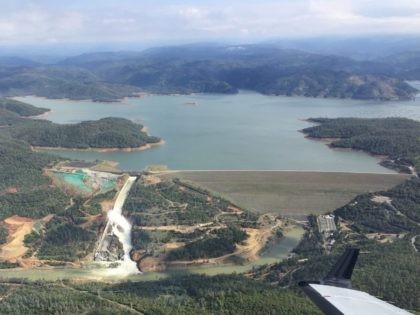
The “flash drought” in the upper plains states, and rising temperatures in the Equatorial Pacific, are warnings that another El Niño is forming that could slam the West Coast this winter with heavy rainfall, widespread flooding and infrastructure failure risks.

Snowmelt-driven flooding in Yosemite Valley and parts of Mariposa County is about to worsen as new thunderstorms packing 50-mile-per-hour winds slam the Sierra Mountains.
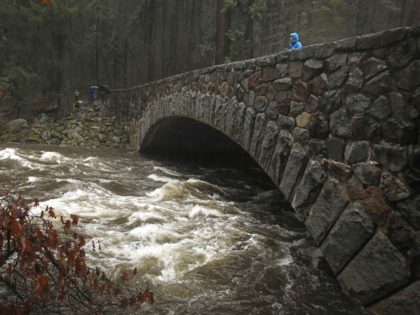
Los Angeles City Council President Herb Wesson has introduced a motion to end oil drilling and production near public places in a measure that could kill America’s next oil and gas fracking boom.
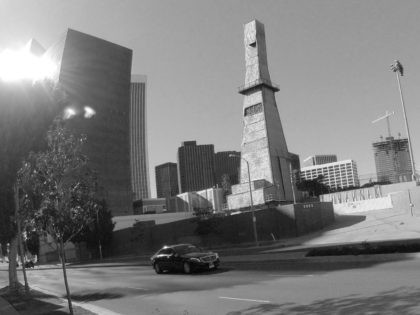
Oroville Dam’s spillway was forced to reopen at maximum flow as over 50,000 cubic feet per second of water careened into the lake and weather scientists warned of an impending 7 to 10-day heatwave that could cause flooding from an accelerated snowmelt.
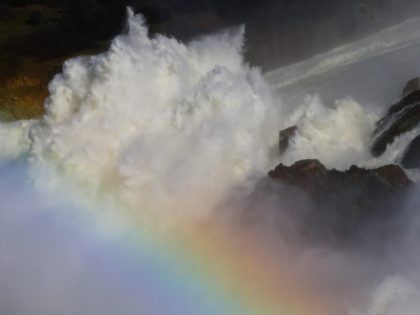
California Gov. Jerry Brown declared Friday that the drought in his state is officially over, with a formal declaration to an end of the drought state of emergency in most counties.

Data from the U.S. Energy Information Agency suggest that the state could receive an extra $900 million in new hydro-electric revenue as a result of record California rain — and that the cash could pay for some of the damage to the Oroville Dam, the Los Angeles Aqueduct, and much of California’s key flood control infrastructure.

The National Weather Service’s latest observation for the oscillation between years of El Niño versus Lina Nina weather patterns is currently neutral, but climate forecasters predict early signs of a strong El Niño could drench California again next year.
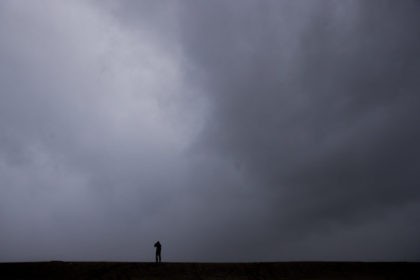
Continued rains in Northern California this week forced the evacuation of 14,000 residents in San Jose, one of California’s largest cities and the urban hub of Silicon Valley.
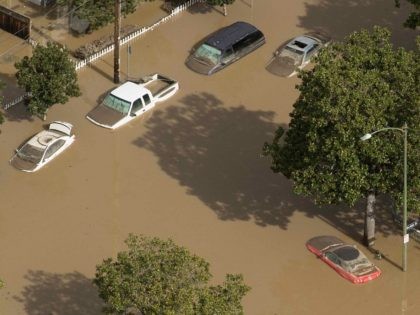
Drivers on New Year’s Eve were stuck for several hours in both directions on I-5 north of Los Angeles, thanks to snow that fell in the area.
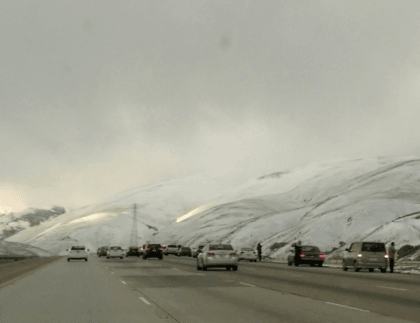
Global land temperatures have plummeted by 1 degree C since the middle of this year – the biggest and steepest fall on record. But the news has been greeted with an eerie silence by the world’s alarmist community.

This week, the Long Beach, California-based National Oceanic and Atmospheric Administration (NOAA) issued its winter climate predictions forecasting a dry, hot January, February and March for Southern California.
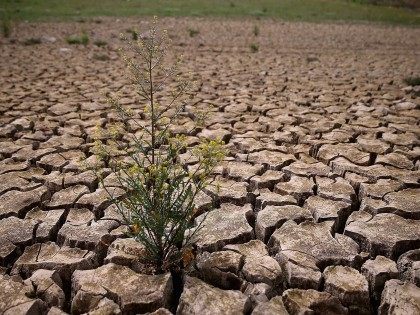
When I used to work at Telegraph blogs five or so years ago there was a near constant, low-level ideological war between the print edition of the paper and the blogs section.

Death Valley, California, is known as “the hottest place on earth.” But, if you hear the news that the “Hottest Place on Earth Has Record-Breaking Hot June”—when “temperatures exceeded average June temperatures by about 6 °F”—it might be easy to ascribe the heat to alarmist claims of climate change. As Southern California experienced power outages due to a heat wave, Death Valley hit 126 °F—though the previous June high reached 129 °F on June 30, 2013, and it holds the highest officially recorded temperature on the planet: 134 °F on July 10, 1913.
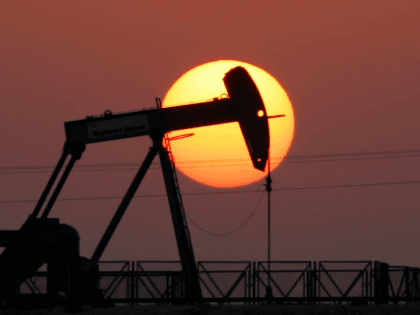
This year’s powerful El Niño weather system brought Northern California about 130 percent of normal precipitation, but only about 60 percent of normal in the heavily populated Southern California coastal plain.

California Gov. Jerry Brown issued an executive order Monday making some of the state’s temporary drought restrictions permanent.

With Northern California’s massive Shasta and Orville dams about to fill up for the first time in five years of drought, the state is about to lift mandatory statewide water conservation order for most cities and farms.
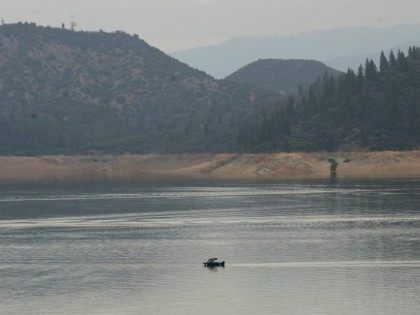
Nearly two in three Californians call the state’s current four-year drought “extremely serious,” and nearly nine in ten (86 percent) plan to permanently reduce the amount of water they use, even after the drought ends, according to a poll that came out Thursday.
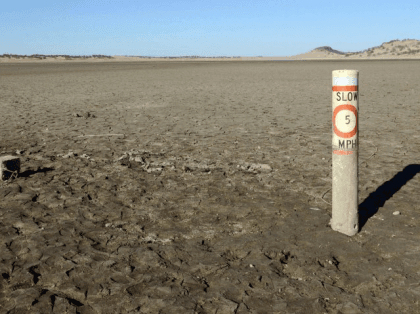
Overheated tropical waters in the Pacific are set to flip to a cooling phase that will say goodbye to the docile little boy called “El Niño” and prepare for his rambunctious little sister, “La Niña.”
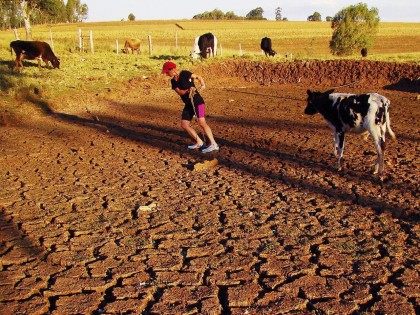
Bitter cold across the eastern U.S., caused by Arctic air and a rapidly weakening El Niño weather condition, threatens widespread damage to crops that could ignite a new round of food inflation.

On Friday, the U.S. Bureau of Reclamation announced that the federal Central Valley Project (CVP) would boost water deliveries to California farmers to five percent from the zero percent the CVP had allocated the past two years.
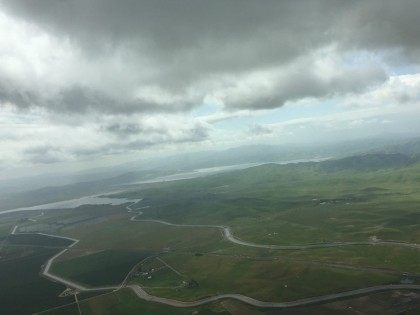
The water content of California’s Sierra Nevada snowpack — the source on roughly a third of the state’s annual potable water supply — measured 87 percent of average on Wednesday.
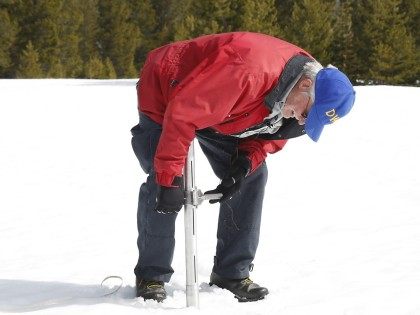
Sen. Dianne Feinstein (D-CA) penned an open letter to President Obama on Thursday urging an increase in water pumping from the Sacramento-San Joaquin River Delta to thirsty farms and communities in Southern California.
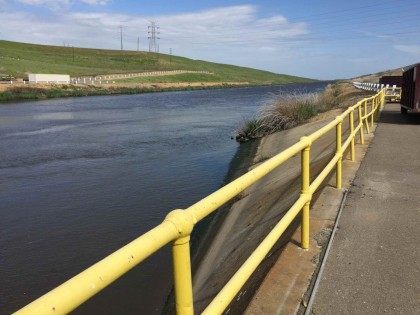
Two large stretches of a Northern California highway disintegrated and gave way Monday night as El Niño-powered rainstorms lashed the area.

The Pacific El Niño is back with a vengeance — and with it, the hope that California can climb out of its devastating, four-year-long drought.

With this year’s strong El Niño tending to skirt California and drenching the Pacific Northwest, Los Angeles County just went all-in to revive a controversial cloud seeding program to squeeze out every last drop of precipitation from late season rain showers.
